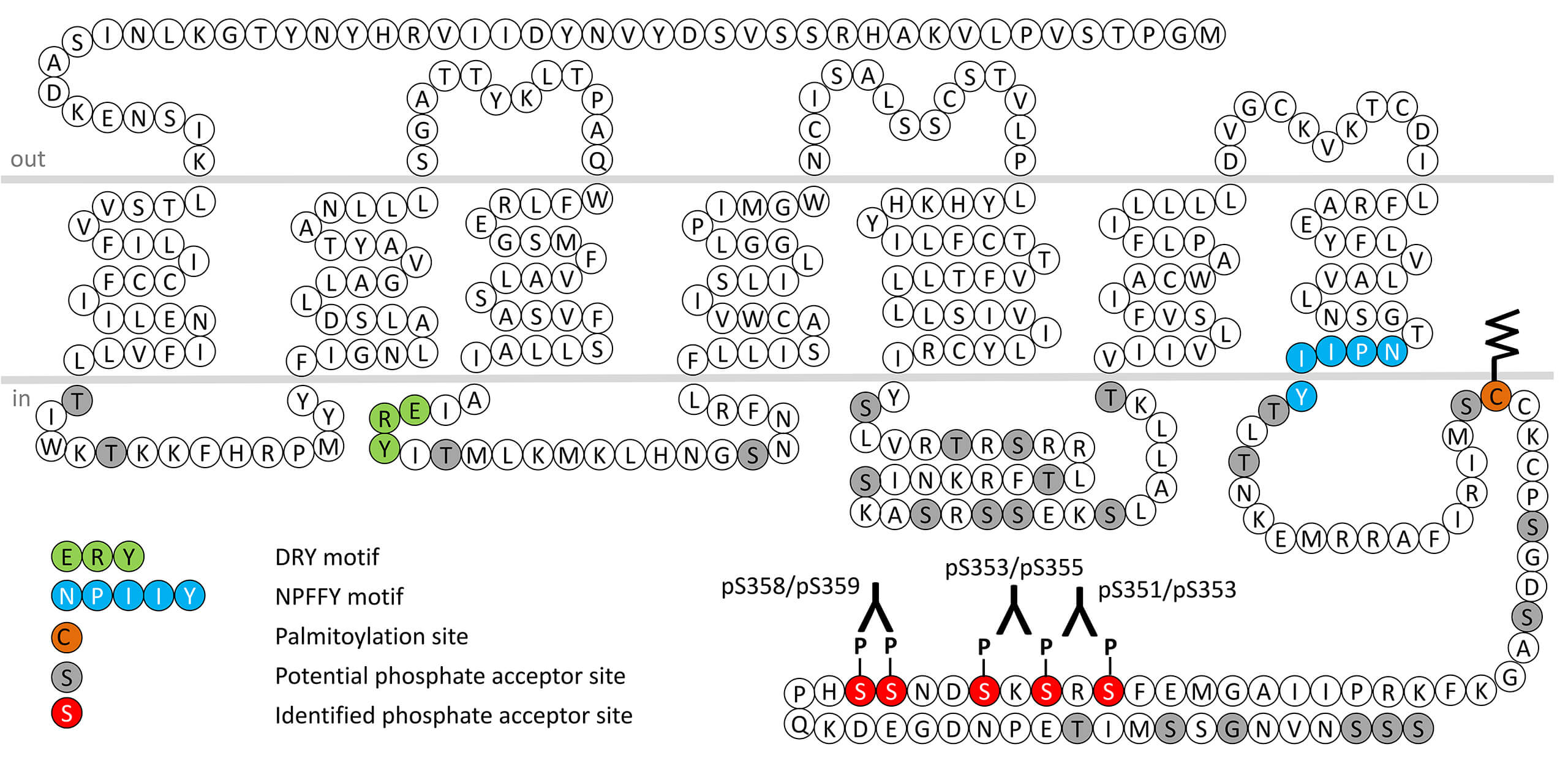No results were found for the filter!
NEW
 pS351/pS353-S1P1 (phospho-Sphingosine...
pS351/pS353-S1P1 (phospho-Sphingosine... Serine351/Serine353 (S351/S353) is major phosphorylation site of the Sphingosine 1-Phosphate Receptor 1 (S1P1). The pS351/pS353-S1P1 antibody detects phosphorylation in response to agonists. S351/S353 phosphorylation is likely to be...
$ 375.00 *
NEW
 pS353/pS355-S1P1 (phospho-Sphingosine...
pS353/pS355-S1P1 (phospho-Sphingosine... Serine353/Serine355 (S353/S355) is major phosphorylation site of the Sphingosine 1-Phosphate Receptor 1 (S1P1). The pS353/pS355-S1P1 antibody detects phosphorylation in response to agonists. S353/S355 phosphorylation is likely to be...
$ 375.00 *
NEW
 pS358/pS359-S1P1 (phospho-Sphingosine...
pS358/pS359-S1P1 (phospho-Sphingosine... Serine358/Serine359 (S358/S359) is major phosphorylation site of the Sphingosine 1-Phosphate Receptor 1 (S1P1). The pS358/pS359-S1P1 antibody detects phosphorylation in response to agonists. S358/S359 phosphorylation is likely to be...
$ 375.00 *
NEW
 S1P1 (non-phospho), Sphingosine 1-Phosphate...
S1P1 (non-phospho), Sphingosine 1-Phosphate... The non-phospho-S1P1 receptor antibody is directed against the distal end of the carboxyl-terminal tail of human S1P1. It also detects S1P1 in cultured cells and tissue sections by immunohistochemistry. It can be used to detect total...
$ 375.00 *
Recently viewed


